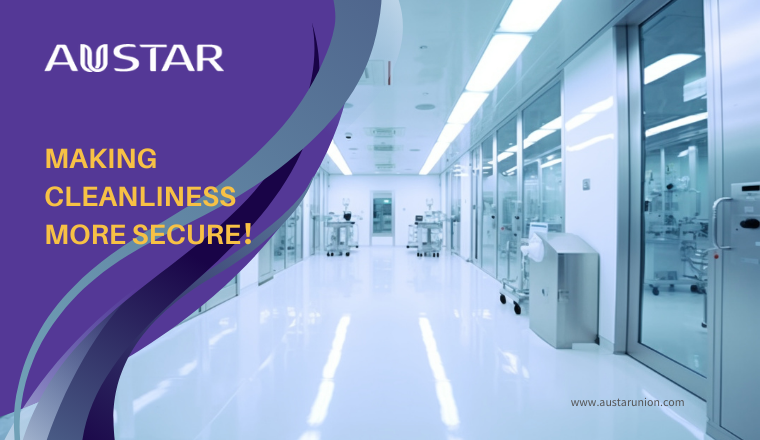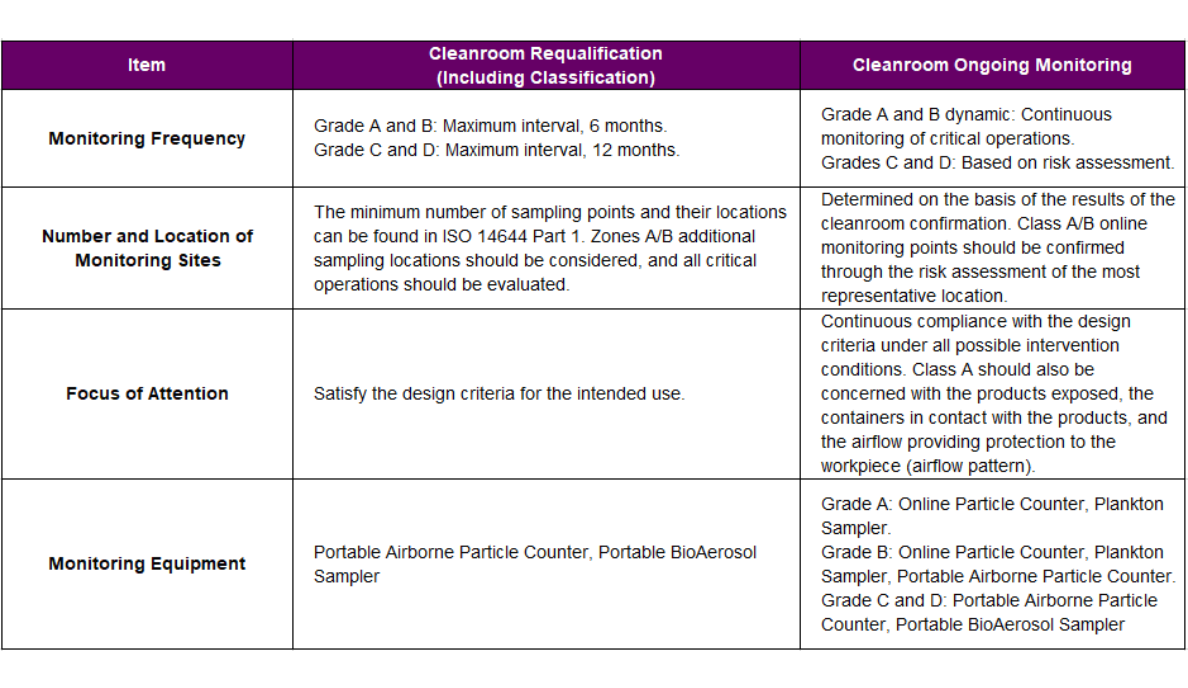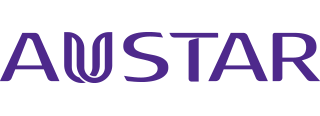Cleanroom Environmental Monitoring Services. Making Cleanliness More Secure!
News & Insights2025-02-12
A cleanroom (area) is a controlled environment that ensures the purity and quality stability of pharmaceutical products by strictly controlling suspended particles, microorganisms, and other pollutants in the environment. Both China GMP and EU Sterility Annex I cleanroom classification requirements point to the relevant provisions of ISO 14644-1:2015. Additionally, China GMP and EU Sterility Annex I specify the corresponding provisions for cleanroom qualification and ongoing monitoring.

It is imperative to acknowledge the distinction between cleanroom qualification (including classification) and ongoing monitoring program.
Cleanroom Qualification /Verification: meets the requirements for the relevant manufacturing activities of the pharmaceutical company;
Cleanroom ongoing monitoring: meets design criteria during production and is able to demonstrate detection of deviations from environmental limits, triggering investigations and product quality risk assessments.

AUSTAR TECHNICAL SERVICE has updated its precision adaptation services for cleanroom (area)environmental monitoring:
1. Cleanroom environmental monitoring risk assessment and airflow pattern study: online system placement regulation compliance.
Gridding is based on different functional areas of the filling line. Each grid area is analyzed for 6 major factors to derive the best daily monitoring locations (confirmation and daily monitoring).
Assessment of the location of key points in the operational process, based on grid-based analysis, to derive the daily monitoring points (online environmental monitoring point placement).
During the establishment of the CCS strategy, online monitoring of active particles in critical areas of the production process (planktonic bacteria monitoring) needs to be considered. China's application to join the PIC/S regulation aligns with EU GMP, and audit inspections are now similar to EU GMP requirements. AUSTAR can cooperate with customers to conduct gap analysis according to the latest regulatory requirements, identify potential problems, and provide rectification suggestions.
2. Annual maintenance of online monitoring system to ensure system operation stability:
Signing an annual maintenance agreement and arranging on-site maintenance by engineers every year. Charging according to the actual man-hours.
Overall inspection of the system: operation check, communication line inspection, maintenance of vacuum pumps, replacement of sampling tubes, and training on system usage.
3. Upgrading and troubleshooting of online environmental monitoring systems to meet the functional requirements of online monitoring systems under increasingly stringent regulatory requirements.
Quickly solving problems such as slow loading programs, computer lag, communication failures, etc.
Upgrading system functions and software to add features such as counting methods, data caching, batch number retrieval, system screen adjustments, report adjustments, etc.







 Search
Search 中文
中文







